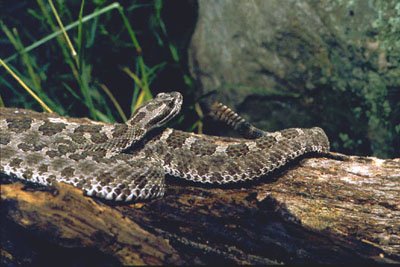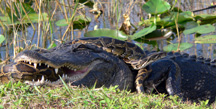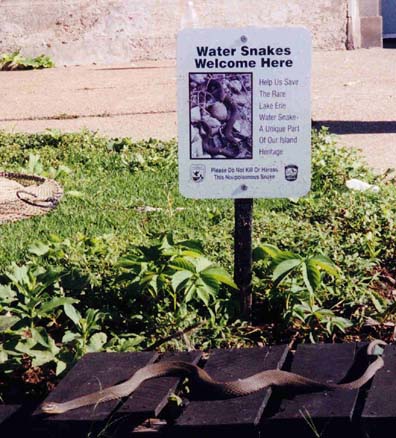 In 2008 three eastern massasauga rattlesnakes were discovered in an Illinois park with deformed heads. Another was found in the same park in 2010. Tests revealed that the snakes were suffering from a fungal infection — a fungus in the genus Chrysosporium to be exact.
In 2008 three eastern massasauga rattlesnakes were discovered in an Illinois park with deformed heads. Another was found in the same park in 2010. Tests revealed that the snakes were suffering from a fungal infection — a fungus in the genus Chrysosporium to be exact.
The news is breaking now because the comments a veterinarian involved was covered in an Associated Press article. You can read the article in the Boston Globe, here. The article says that the fungus has been found in rattlesnakes in New Hampshire and Massachusetts, too.
The rattlesnake species is a candidate for federal Endangered Species listing, the article says.
As it turns out, the researchers involved published a letter in the journal Emerging Infectious Diseases in December 2011. The researchers describe the fungus as being similar to another fungus found in bearded dragons, a non-native pet lizard. That fungus is in another genus, though. A very similar fungus was also been reported in a captive black rat snake.
The fungus is described as being able to break down keratin, which is what snake scales are made out of.
Read an html version of the Emerging Infectious Diseases article, here.
Find the PDF version here.
Photo: Pretty poison, a healthy eastern massasauga rattlesnake, courtesy of the US Fish and Wildlife Service



